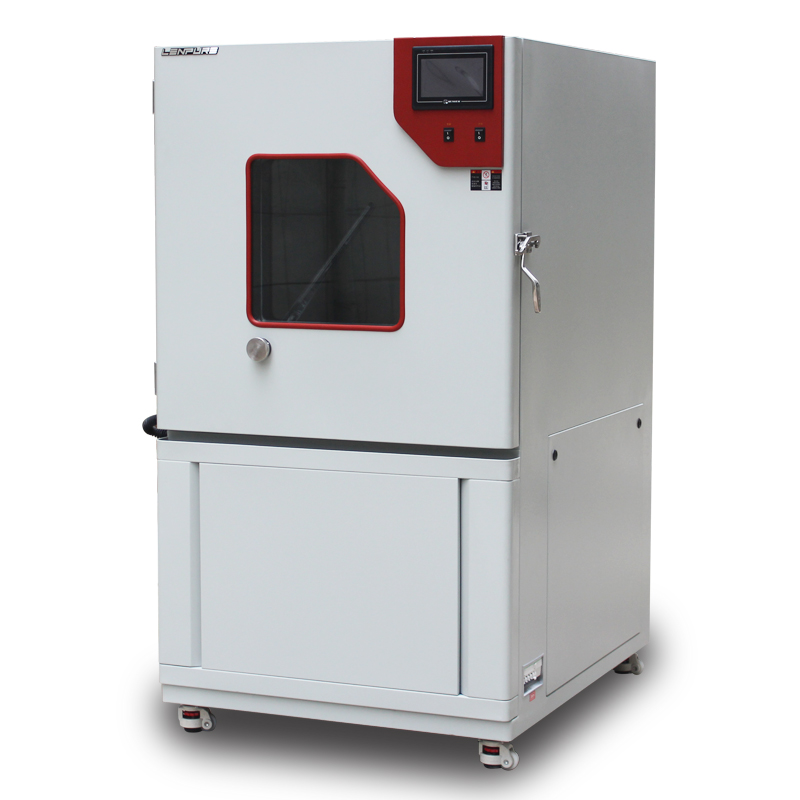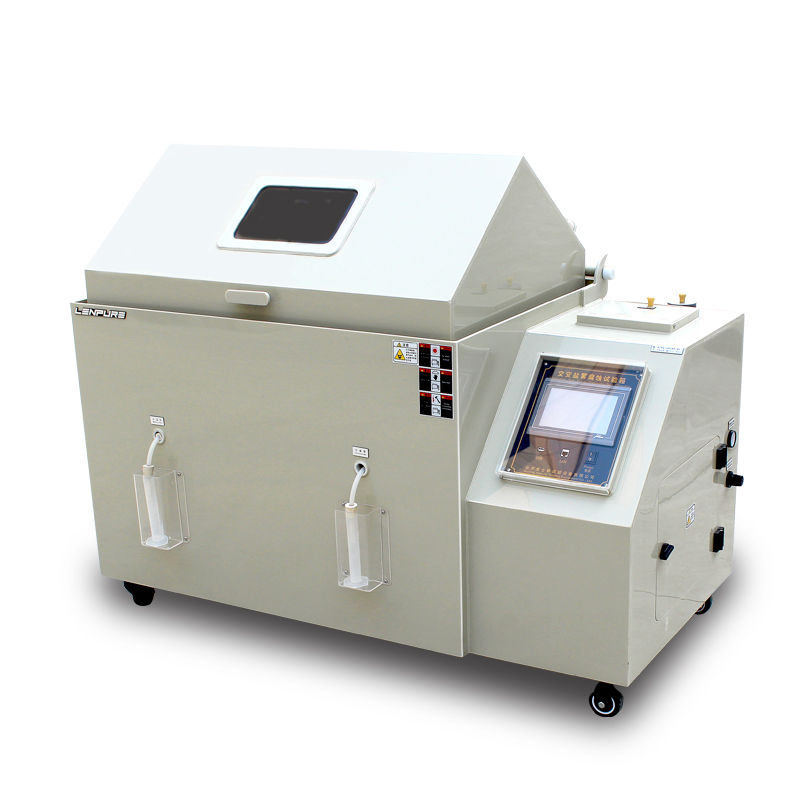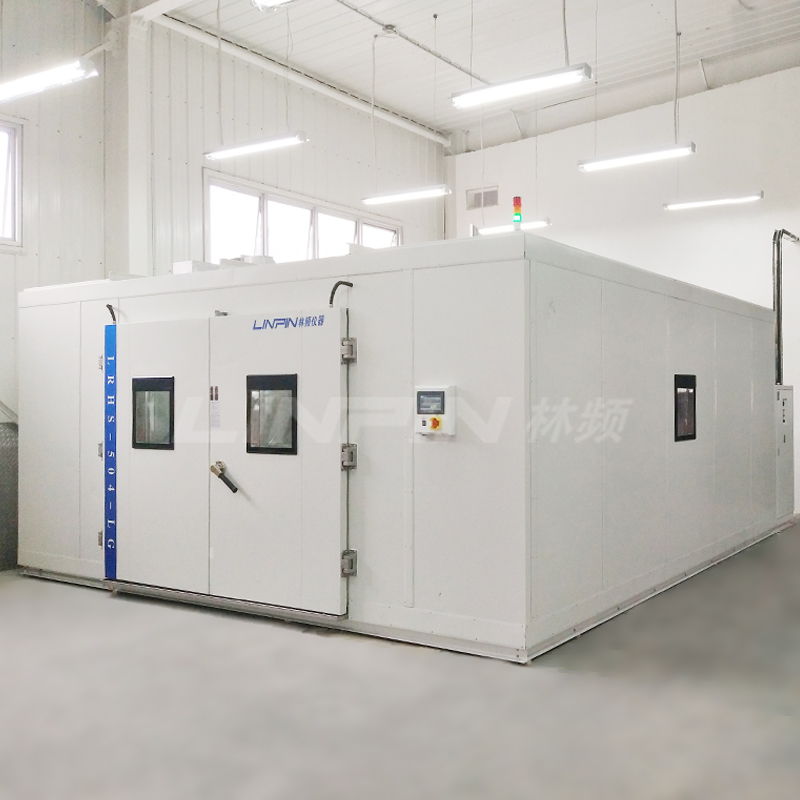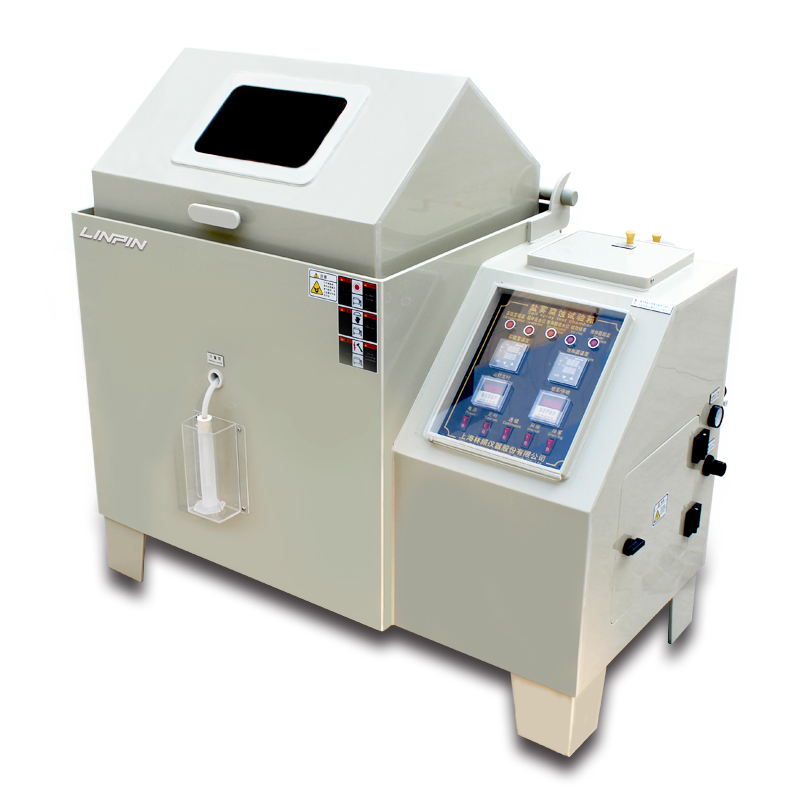Do household appliances need to undergo sand and dust test chamber testing?
Author:LINPIN Update Time:2025-08-13 Source:LINPINImagine an ordinary weekend: a microwave heating soup in the kitchen, an air conditioner humming softly by the window, and a fan on the balcony swirling with a few specks of dust. You might not realize it, but these seemingly harmless dust particles could actually be "invisible killers" affecting the lifespan and safety of your appliances. So, do household appliances really need sand and dust test chamber testing? The answer is a resounding yes—and this seemingly specialized test is a critical step in enhancing product reliability, protecting user experience, and safeguarding brand reputation.
Why Conduct Sand and Dust Test Chamber Testing?
- Simulate real-world conditions and uncover issues early: The sand and dust test chamber replicates environments with windblown sand, dust, and other particulate matter, helping engineers identify potential failures like increased friction, blocked heat dissipation, or poor electrical contact caused by dust intrusion—all in a controlled lab setting.
- Enhance product lifespan and stability: Standardized sand and dust testing allows manufacturers to optimize dust-proofing for vulnerable components, extending the appliance’s operational life in real-world home environments.
- Ensure safety and reduce risks: Dust accumulation over time can lead to short circuits, overheating, or even fire hazards. Testing and improving dust resistance minimizes these dangers, protecting users and property.
- Comply with regulations and market demands: Certain countries and industry standards mandate specific dust protection ratings. Passing sand and dust tests facilitates certifications and market access, boosting competitiveness.
- Build consumer trust and brand reputation: Products that withstand rigorous environmental testing earn user confidence, driving word-of-mouth and sales growth.

Which Household Appliances Benefit from Sand and Dust Testing?
- Kitchen appliances: Range hoods, gas stoves, microwaves, dishwashers—where dust mixed with grease can clog filters or jam mechanical parts.
- Air conditioners and purifiers: Filters, heat exchangers, and fan blades are highly sensitive to dust; testing validates cleaning and maintenance cycles.
- Small appliances: Vacuum cleaners, fans, electric kettles—dust intrusion affects motor and switch performance over time.
- Electronics: Smart speakers, TVs, routers—dust can compromise heat dissipation and circuit stability.
Nearly all home appliances with motors, airflow systems, or heat-dissipating structures benefit from sand and dust testing.
What Improvements Does Sand and Dust Testing Enable?
- Enhanced sealing: Identifies dust entry points, improving gaskets, joints, and casing gaps to significantly reduce particle ingress.
- Upgraded materials and coatings: Anti-static or dust-repellent coatings for critical components minimize accumulation.
- Optimized ventilation and cooling: Reveals dust’s impact on heat sinks and airflow, guiding better thermal design and filtration.
- Strengthened electrical/mechanical robustness: Boosts dust resistance for contacts, bearings, etc., reducing wear and malfunction risks.
- Data-driven maintenance guidance: Provides user-friendly cleaning schedules and tips based on test results, improving satisfaction.
Dust may seem insignificant, but it can dictate an appliance’s longevity, safety, and user experience. Far from a "luxury" test, sand and dust chamber testing is an indispensable tool for manufacturers committed to quality and consumer trust.





